The Philosophy of Kungfu
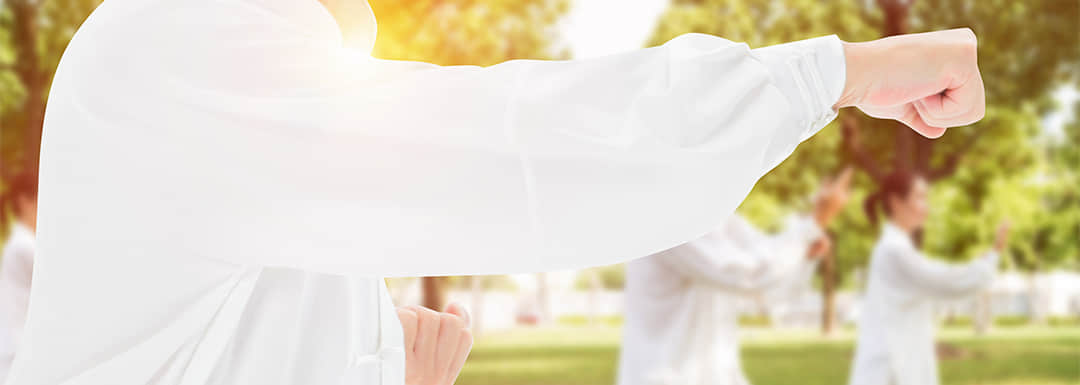
For most Westerners, Kung Fu refers to a set of combat techniques that originated in China, as well as a type of martial art that is also enveloped in a thick enigmatic and allegorical veil, with an unclear significance. Because of limited exchanges between China and the West over the course of history, little was known about the meaning of Chinese belief systems, which were considered at the time ‘exotic’. But let’s clarify things.
Conceptual influences
A great majority of Kung Fu styles are practical direct derivations from Taoism and Buddhism, the two main religious and philosophical traditions in China. While each style exhibits a unique inclination towards the specific forms of knowledge these offer, Kung Fu’s conceptual stance is generally considered to be the fusion between the two philosophical movements. Not only does the term Kung Fu stand for the effort and dedication that is invested in the mastering of a given skill, but also, it refers to the personal stamina that is revealed in the pursuit of truth, and the experience of non-self.
The concept of ‘Tao’ -or ‘the Way’-, the core philosophical insight of Taoism, is the basic principle that underlies reality, which, it is believed, can only be grasped through an intuitive process of harmony between the self and the universe. This can be achieved in daily live by means of the adoption of different virtues such as humility, patience, compassion, selflessness and impartiality, virtues which are also upheld by Buddhist thought and in Kung Fu training.
Aside of Tao, Taoism thinking includes a range of other concepts, such as Yin-Yang, which have also been incorporated into Kung Fu practice. Describing the dynamic of two interdependent dualities as they sway together in an endless dance of interchanging positions, Yin-Yang is a noticeably important concept in Tai Chi and Baguazhang Kung Fu styles.
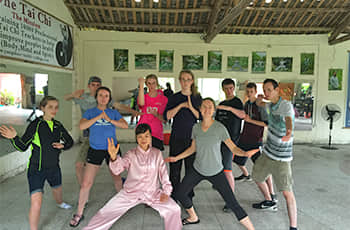
But perhaps, the most important idea at the core of Kung Fu is Qi, the condensed energy that forms life itself, which flows through the human body -a network of meridians, vessels or pathways- and has the capacity to replenish it with vitality. Qigong, in turn, a holistic practice which seeks to cultivate and control Qi, has been closely associated with the way in which Qi is handled in Kung Fu teachings. Further, and as we have seen in a previous article, external and internal Kung Fu styles -known otherwise as Shaolin (external) and Wudang (internal) classification, distinguish themselves from one another from their different stance regarding the Qi.
External Kung Fu styles -which tend to be more popular in the West-, pay attention to the way force and strength are physically expressed, the rapidity and fierceness of movements, while emphasizing endurance, rigidity and agility. Internal styles, on the other hand, emphasize the mental efforts that involve dealing with Qi, such as awareness, attitudes, internal spiritual development, the relaxation of the body, etc.
The animals of Kung Fu
From the moment of its inception as a martial art, Kung Fu underwent numerous variations which involved the emergence of several hundreds of different styles, which each carried distinctive approaches to combat and fighting movements. The styles that originated in Southern China were particularly distinct in that their movements not only mimicked those of certain animals, but also featured a particularly visually appealing and striking aesthetic which promoted Taoist holistic philosophy by encouraging harmony between man and his living environment.
How did this occur?
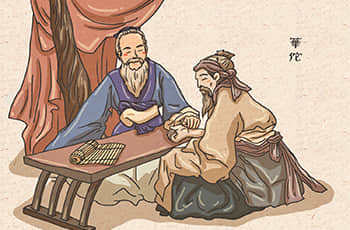
It is said that Hua Tuo, the physician of the Han dynasty, introduced the ‘exercise of the Five Animals’ into the Qigong curriculum that existed at the time, which sought to facilitate the flow of Qi around the body. The exercise of the five animals bases itself on emblematic postures of five different animals that are native to China: the Tiger, the Deer, the Crane, the Monkey and the Bear.
Watch the video to find out How to Practice Wu Qin Xi Qigong
In Qigong, each of the five animals is linked with one of the five elements, the five yin-yang pair of organs as well as different parts of the body. In different ways, these exercises aimed to, by means of directing Qi flow through different internal channels, achieve a desired effect on a specific bodily function. Following this introduction, it did not take long before the qigong animal exercises were translated into concrete Kung Fu forms and adopted by practitioners, often also incorporating other animals into their practice.
However, of all the animal forms that are congregated in Kung Fu today, the ‘Shaolin Kung Fu five’ have persisted over time as the most popular ones. The five Shaolin animals, however, slightly differ from the five animals that are featured in qigong as they consist instead of the Dragon, the Tiger, the Leopard, the Snake and the Crane. All of them, aside of the Dragon -an everlasting spiritual symbol in China- are otherwise existing animals.
The Dragon
In imperial China, the figure of the Dragon has been a symbol of strength and power for centuries. Dragons are believed to control water, the seas and rivers; and rain, allegorically speaking, reflects the extent of their generosity.
Indeed, in China, dragons are not fearmongering villains who ‘breathe’ fire, but rather, mythological figures that embody prowess, harmony and prosperity. Thus, the dragon symbolizes the capacity to channel internal energy -through specific waist and breathing techniques - into a fierce and powerful counter attack, typically in circular moves or in zig zag with the exertion of claws. As such, the Dragon figure perfectly exemplifies the combining of both internal and external Kung Fu philosophies.
The Tiger
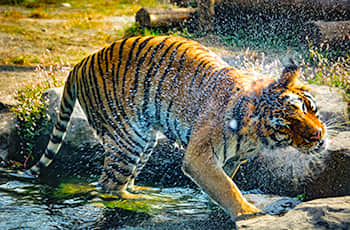
The animal kingdom, in China, is thought to be governed by the Tiger, who represents sheer strength and power. In Kung Fu, the Tiger is a form which refers to a type of relentlessness that manifests itself in the moment of attack. While adequate breathing is deemed important, the form is purely external. Indeed, the Tiger form displays power by means of muscle and bone strength, chiefly in leg, back and neck muscles.
Through a combination of hand -the tiger claw being the most easily identifiable- and kicking techniques, it seeks to mark the opponent’s face, groins, wrists, etc. To subdue opponents quickly, the Tiger form uses physical power with tenacious force and coercion.
The Snake
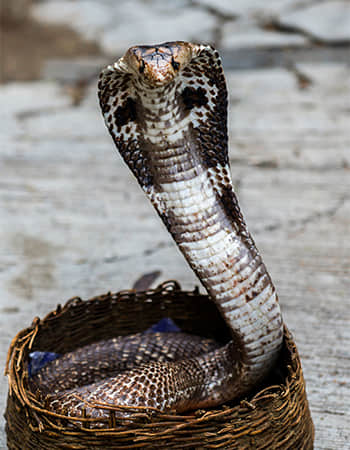
The snake is the opposite of the Tiger in many ways. While his nature is calm and reserved, his fighting strategy is speed and precision. It is said that of all the existing animal forms in Kung Fu, the snake form is the one which most concentrates on harnessing the Qi.
In contrast with previous style, the Snake form does not involve kicking techniques nor closed fists. Instead, the Snake form only makes use of upper body parts and open hands. The open hand is called the ‘snake fist’, and the index finger is used as the main weapon. As fast as lightning and with utmost precision, the counterattack targets the opponent’s vulnerable sports, such as the eyes, the groins, their Adam’s apple, etc.
The Crane
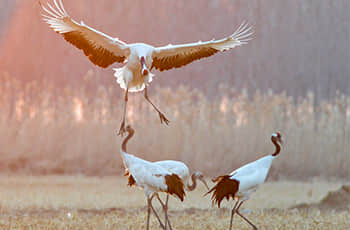
Likely to be the most complex of the five animal forms, is the Crane. Exhibiting the Snake-like qualities of speed and precision, the Crane adopts circular movements, which resemble those of the Dragon. And unlike the Tiger, who displays a rough force, the Crane is an observant and contemplative animal. A certain softness and elegant transpires through his coordinated and balanced combat techniques. These can be identified by their speed, their agility and the physical distance between the two adversaries. The Crane can spend hours standing on a single leg without showing any sign of fatigue and is mostly known for his ‘beak striking technique’, which consists of a hand set in the shape of a hook with all fingers joined together, and swiftly attacks the opponent’s soft spots a hook with all fingers joined together, and swiftly attacks the opponent’s soft spots.
The Leopard
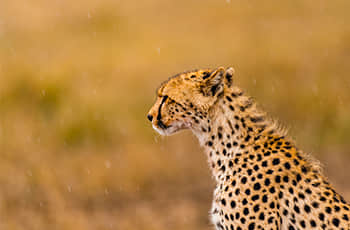
In terms of overall strength and size, the Leopard seconds the Tiger; but in terms of pace, flexibility, and agility, the former surpasses the latter, with a faster outburst, and a wider range of striking techniques. The combat moves typical to the Leopard consist of the notorious for the ‘Leopard first’ (a half-opened fist), forearm strikes, as well as low kicks. The principal force of the Leopard form is an angular, high-speed tactical strike which targets the vulnerable parts of the opponent’s body.
In this article, we have seen how different philosophical and spiritual beliefs native to Chinese society have left their distinctive conceptual footprints on Kung Fu. In the same way Kung Fu cannot survive being stripped of the conceptual framework it is entangled with, the practice cannot be alienated from the traditional Chinese identity it nurtures and stimulates.
OR
Are you eager to begin your Chinese cultural journey?
Drop us a line and we will promptly connect you with our leading China expert!
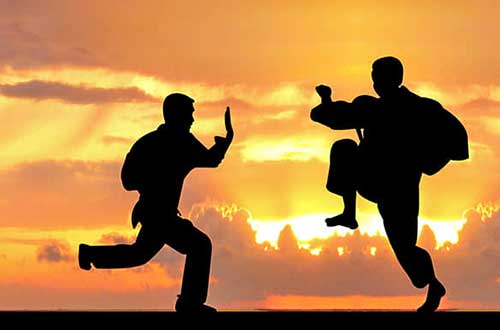 The History of Kungfu
The History of Kungfu 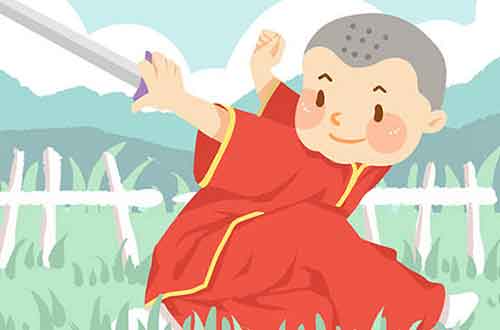 The Main Different Kung Fu Styles
The Main Different Kung Fu Styles  How to Maintain Chopsticks?
How to Maintain Chopsticks?  Where to Learn and Where to See
Where to Learn and Where to See